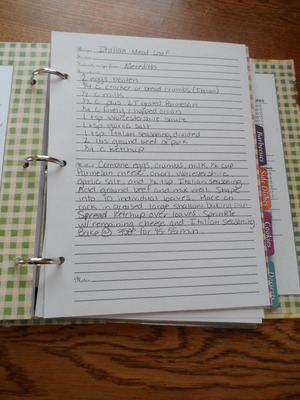Although the first commercial passenger flights occurred as early as 1911, early airplane flights were not very comfortable. Airplanes were unstable, relatively small, and could not achieve very high altitudes. It was also difficult to operate passenger service at a profit. In the United States, the commercial aviation industry did not take off until the Kelly Air Mail Act of 1925, which encouraged the growth of the first commercial airlines.
For many years, commercial airlines prospered because of profits from their airmail business. The government, in an effort to encourage passenger travel, offered airlines subsidies to lower the price of passenger tickets.
Concerns about the safety of airplanes kept many people from flying. In 1926, however, the Air Commerce Act, which established regulations and requirements for pilots and airlines and also defined an air-traffic system, improved consumer confidence in the airline industry. The famous flight of Charles Lindbergh the following year did much to promote public excitement about flying. Improvements such as stronger engines, better radio and navigational aids, and weather forecasting techniques were making flights safer. An important advancement in commercial
air travel came with the development of the pressurized cabin. This meant that passengers could fly unaffected by the thin air of higher altitudes. As more people began to fly, the airlines sought ways to make flights even safer, more comfortable, and more enjoyable for the passenger. United Airlines was the first to offer special service to passengers in flight. In 1930, it hired graduate nurses to tend to passengers’ comfort and needs. They were called stewardesses, after the similar position on cruise ships. Soon after, other airlines added stewardesses to their flights as well.
At first, stewardesses performed many functions for the airlines, often acting as mechanics, refueling airplanes, loading passenger luggage and equipment necessary for the flight, as well as cleaning the interior of the airplane. But as airplanes grew larger and the numbers of passengers increased, these positions were filled by specialized personnel, and the stewardesses’ responsibilities were devoted to the passengers. Stewardesses also began preparing and serving meals and drinks during flights.
The increasing growth and regulation of the airline industry brought still more duties for the flight attendant. Flight attendants began to instruct passengers on proper safety procedures, and they were required to make certain that safety factors were met before takeoff.
In the early years, most flight attendants were women, and the airlines often required that they remain unmarried in order to retain their jobs. Airlines also instituted age, height, and weight restrictions. Flight attendants were expected to provide a glamorous and pleasant image for airlines. During this time, employee turnover was very high. However, as the role of the flight attendant became more important and as regulations required them to perform more safety-oriented tasks, the image of the flight attendant changed as well.
Because training flight attendants was expensive, the airlines began to offer better benefits and other incentives and removed some of their employee restrictions. Experience was also rewarded with higher pay, better benefits, and seniority privileges given according to the number of years worked. More and more flight attendants were making a career with the airlines. The introduction of Federal Aviation Administration (FAA) regulations requiring at least one flight attendant for every 50 passengers provided even greater growth and job security to this career.
Today, flight attendants fill more positions than any other airline occupation. The 104,000 flight attendants play a vital role in maintaining the safety and comfort in the skies. Many airlines are easing still more of their restrictions, such as age and weight limitations, as the role of the flight attendant has changed to require special training and skills.



